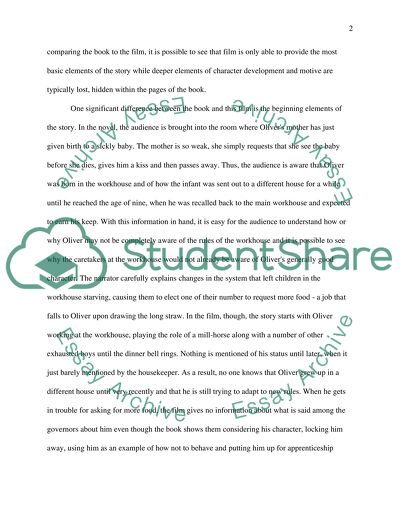Cite this document
(“Oliver Twist: Twisting the Tale Through Film Essay”, n.d.)
Retrieved from https://studentshare.org/literature/1453566-oliver-twist
Retrieved from https://studentshare.org/literature/1453566-oliver-twist
(Oliver Twist: Twisting the Tale Through Film Essay)
https://studentshare.org/literature/1453566-oliver-twist.
https://studentshare.org/literature/1453566-oliver-twist.
“Oliver Twist: Twisting the Tale Through Film Essay”, n.d. https://studentshare.org/literature/1453566-oliver-twist.


